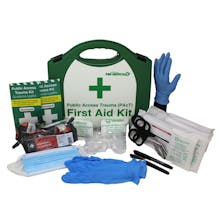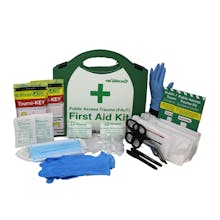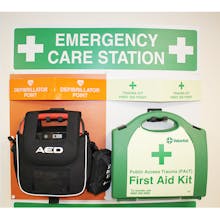Consider using recognisable, obvious and compliant safety signage with regular reminders to ensure that life-saving first aid provisions can be quickly and easily located when time is of the essence.
It is also important to communicate the location of the PAcT First Aid Kit to neighboring organisations and local emergency services to ensure that everyone is informed of its whereabouts.







.jpg?auto=compress&lossless=1&w=500)
.jpg?auto=compress&lossless=1&w=500)
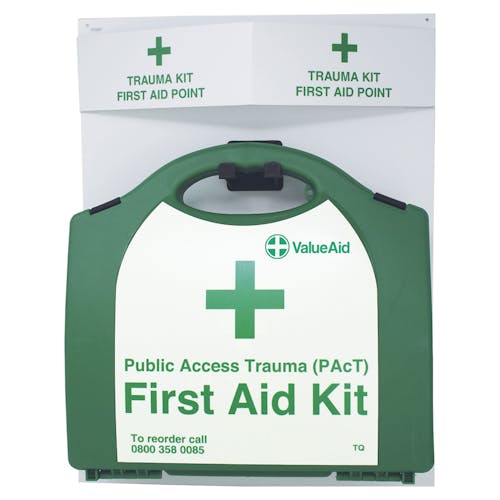

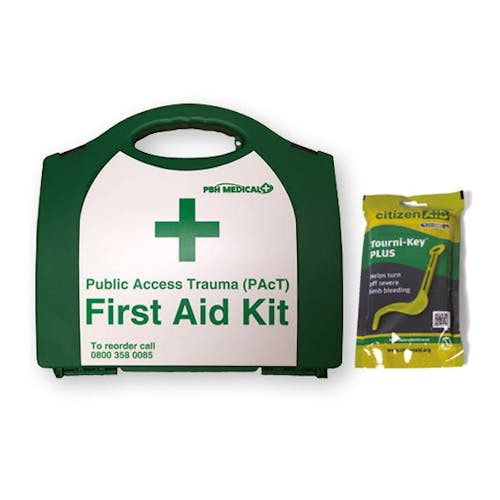

.jpg?auto=compress&lossless=1&w=90)
.jpg?auto=compress&lossless=1&w=90)


















